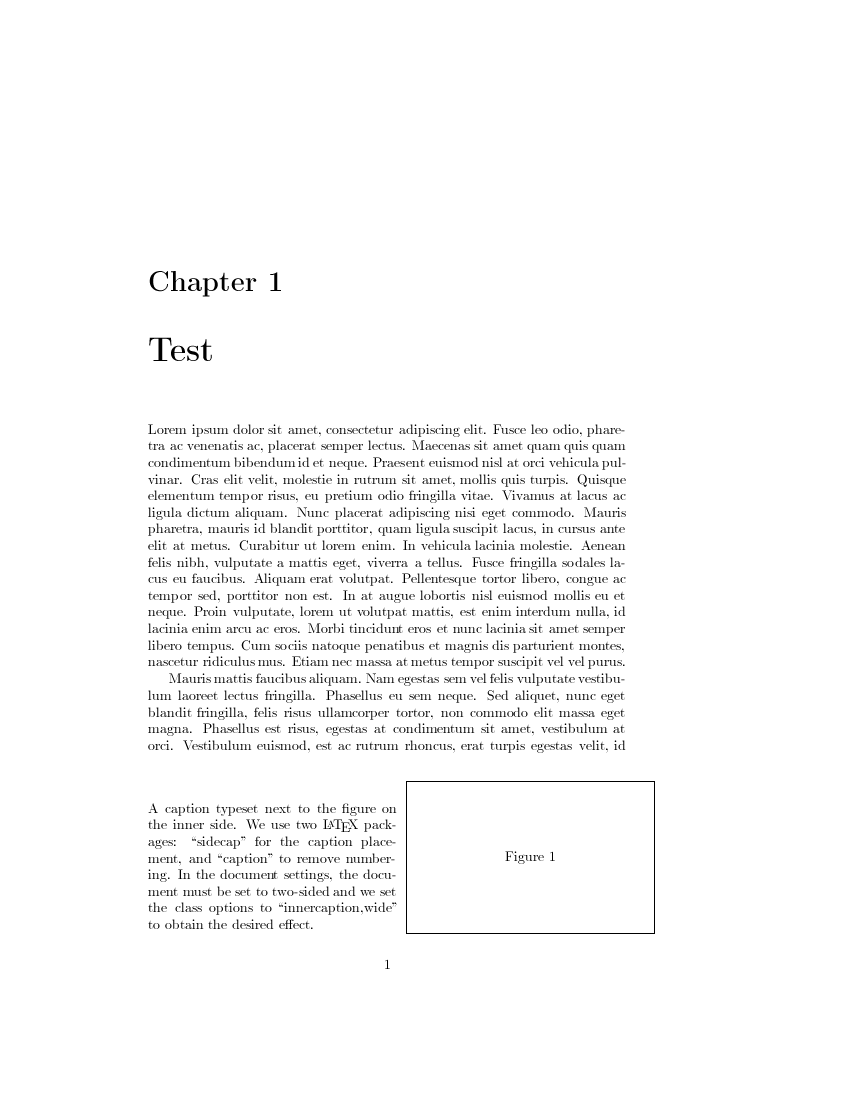How to write a policy brief - IDRC.
A policy brief presents a concise summary of information that can help readers understand, and likely make decisions about, government policies. Policy briefs may give objective summaries of relevant research, suggest possible policy options, or go even further and argue for particular courses of action. How do policy briefs differ from other.
POST often gets asked for advice or tips on how to write a policy brief. A helpful start in the world of politics is 20 things scientists need to know about policy-making. Here are some general pointers: As with all communications it's important to know your audience: Parliamentarians and policymakers are busy people. Be clear and concise.

A policy brief is a document which sets out a particular issue with implications for an area of public policy, and makes recommendations as to the course of action to be taken. Policy briefs are typically produced for government ministers and senior civil servants, although the format is also commonly used in private and third sector organisations.

Most policy briefs are created if there are policy campaigns that are essential to be distributed. With the weight of the policy brief implementation in terms of its impact to business operations or organizational processes, a policy brief is actually one of the hardest and most crucial documents to write when finalizing a policy.

Policy briefs are becoming a common form of assessment in areas of political science, sociology, security studies, public health, and public policy. Writing a policy brief is quite different from essay or report writing. Emphasis is placed on the clarity and succinctness of the brief, which is essential in persuading the target audience of your key message. Policy briefs aim to be practical.

Policy briefs are a valuable tool for communicating the essential information in a research report, and help to bridge the divide between research and policy communities. The value of a policy brief depends not only on presenting quality evidence, but also in translating new knowledge into context-relevant messages for the target audiences.

This article offers guidance on how to write a policy brief by outlining 4 steps: (a) define the problem, (b) state the policy, (c) make your case, and (d) discuss the impact. The steps and tips.

A policy brief is a short, to the point, jargon free document written for non-specialists. It presents research or project findings to policy actors, highlighting the relevance of the chosen research to policy and offering recommendations for change. Policy briefs are written for a variety of policy actors. Exactly who a policy brief should be written for depends on the aim of the specific.

Policy briefs have been shown to be the preferred form of communication by those making policy decisions or aiming to influence policy. They can help change policy for the better and help make sure policies are based on evidence. Research shows 79% of policy actors from both developing and developed countries rated policy.

Policy briefs are sometimes viewed as advocacy documents. For example: “The policy brief is a document which outlines the rationale for choosing a particular policy alternative or course of action in a current policy debate.It is commonly produced in response to a request directly from a decision-maker or within an organisation that intends to advocate for the position detailed in the brief.

I’m an MSW student at UBC; this policy brief was for my graduate-level Advanced Canadian Social Policy class. My instructor didn’t give us a sample policy brief, so I researched “How to Write a Policy Brief” and read a few dozen actual briefs before I wrote (and rewrote, and edited, this one). If you have to write a policy brief, you.

How to Write a Policy Brief Policy briefs are concise, standalone documents focussing on a particular issue requiring policy attention. They can be particularly effective in bridging the research and policy divide. Typical policy briefs have four.

This policy brief presents strategies that can help build effective information systems and develop a solid knowledge base on the health workforce in order to guide, accelerate and improve country action. Strategies for action The knowledge base on the health workforce must rapidly be improved so that policy decisions at.



